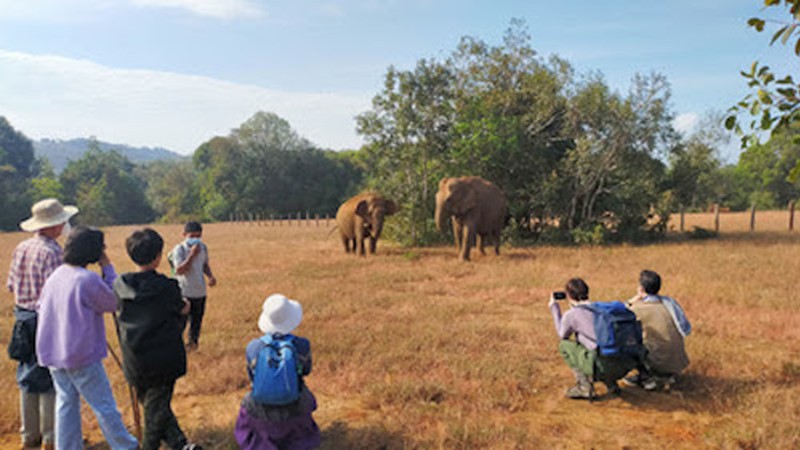
This March Break, World Animal Protection is encouraging Canadians to use their tips to avoid harmful 'animal tourism' activities and instead support wildlife protection efforts whether they're staying home or travelling abroad.
"We know these businesses have a long history of problematic animal practices," said Melissa Matlow, Campaign Director for World Animal Protection Canada. "We are working with the travel industry on moving away from inhumane and unsafe animal tourism and towards more sustainable animal-friendly experiences."
The partners World Animal Protection has worked with so far to develop and implement animal welfare policies include G Adventures, Intrepid, The Travel Corporation (owns 40 brands including Trafalgar and Contiki), and World Expeditions.
If you're leaving Canada this March Break, World Animal Protection has tips on how to check if a venue is a true sanctuary and some best practices to be animal-friendly while travelling:
- DON'T take selfies with wild animals. DO take lots of photos of wildlife from a respectful distance.
- DON'T ride an elephant. DO observe elephants at a sanctuary, on a webcam or in the wild.
- DON'T swim with dolphins. DO see dolphins in the wild with a responsible tour operator.
Sure, a 'selfie' with a dolphin could be considered a once-in-a-lifetime experience but consider the impacts on those animals - a lifetime of suffering. Animals in these types of captive environments often present psychological signs of distress. They were never meant to live in small aquariums, isolated from others of their species.
If you're staying at home, World Animal Protection has partnered with wildlife filmmaker and conservationist Julian Victor, for tips on how to spot wildlife safely and respectfully even in busy cities.
- Parks and public gardens are great places to spot wildlife but even bustling urban areas are full of animals. Don't forget to look up! Buildings, street signs, trees and lamp posts are favourite hangouts for squirrels, hawks and even vultures and owls.
- Pick your time of day strategically. Most animals prefer cooler and quieter periods during the day. The best time to spot wildlife is early morning or late evening.
Wildlife is everywhere we look and if you're fortunate enough to be able to see animals this March Break, make sure you do it in a way that is safe for you and for wildlife. Visit worldanimalprotection.ca for more.


